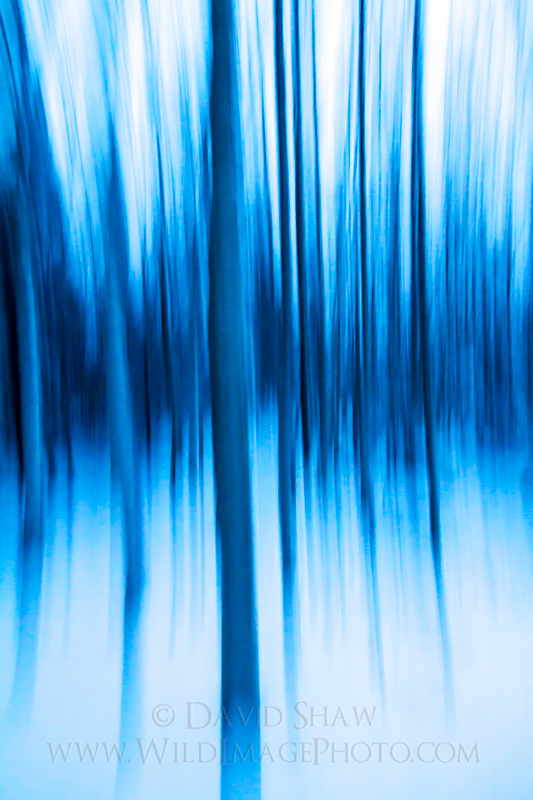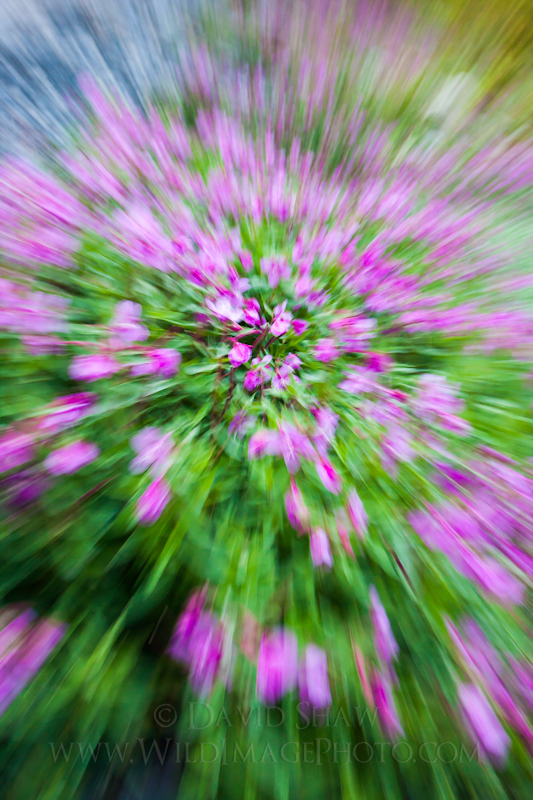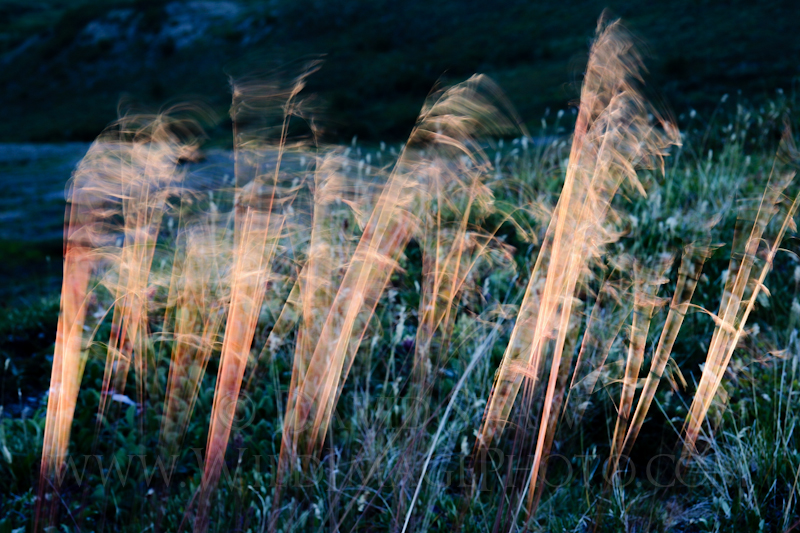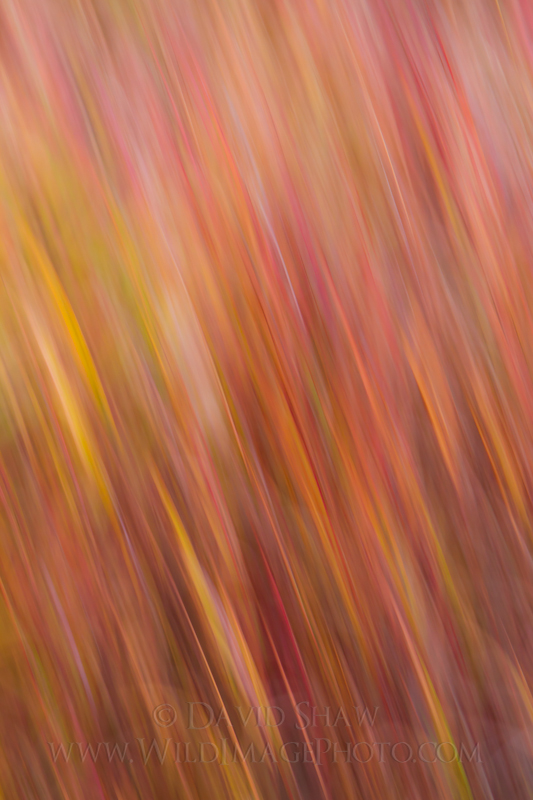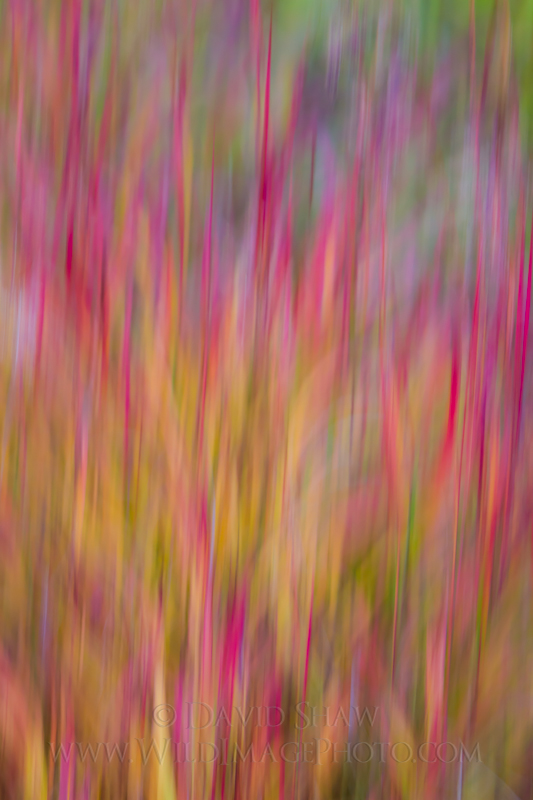So much photography discussion revolves around how to increase the sharpness of your images. It’s an unspoken rule: good images need to be sharp. But like all rules, it is one that should sometimes be broken. Blur can be a valuable tool in the photographer’s belt. Sometimes it portrays motion, or action, but usually these are only effective if they are partially blurred. An image of a racing cyclist for instance is not usually (note the emphasis) successful if the entire image is a big blur. Some sharp elements are generally required to tell the story, and clue the viewer in to what they are looking at.
But other forms of intentional blur are not used to tell a story, but instead simply to make washes of color and texture. And that is what I was aiming for in this series. It isn’t always clear what the subject is, but that doesn’t really matter. The questions they raise, or simply the patterns make each image interesting to look at. If you want to create photos like this, you just need a camera capable of manually controlling the shutter speed, something even most point and shoots can do. Here is how I did it:
Top Image: This is an image of a snowy aspen forest in the blue hour just before sunrise. It’s a 1/4 second exposure. During the entire shot the camera is in motion. I started panning the camera vertically, in line with the trees, then clicked the shutter, assuring that I didn’t stop moving the camera until the shutter had closed. It took a few tries to get it right.
This image is a 1/6 sec exposure made as I zoomed the camera out. The center retains some detail while the rest of the frame spreads out in a starburst pattern. Same rule applies as the top image: the entire shot must be made as the camera is being zoomed. If you click, then zoom, parts of the image will retain more detail than others, which usually ruins the effect.
This one is slightly different in that the camera is stationary while the grass is moving. I made this photo on a tundra ridge in the Alaska Range. The last light of the setting sun has just left the rest of the tundra, but these clumps of grass, a foot or so higher, held the light for a few seconds longer, which created the strong contrast between the bright moving grass and the dark surroundings (I emphasized this with a little tweaking in Lightroom). It’s a 1/4 second exposure, tripod mounted, while a strong wind blows the grass back and forth.
This 1/6 sec exposure of an autumn cluster of Fireweed was made in a very similar way to the top image. The main difference here is the angled lines. Though the fireweed itself was standing vertically, I held the camera cock-eyed as I panned it during the exposure.
This is the same cluster of fireweed as the image above, made with the same 1/6 sec exposure, but I moved the camera more slowly, so just a hint of detail remains in the leaves. The washes of color dominated by red and orange in the top image are here limited, allowing the greens to appear.
If you are feeling bored with your photography, go play with this kind of image. It’s fun, the results are often lovely and subjects you would normally pass right over become newly interesting. If you give it a try, I’d love to see your results. Leave a comment here, email me, or drop me a line on Twitter or Facebook.
Related posts:
Today our Avian Retrospective moves north into the wild country of the Arct...
Right now, I'm building up the financial and mental fortitude to invest...
My just released ebook is now available at the iBooks store and on my w...

